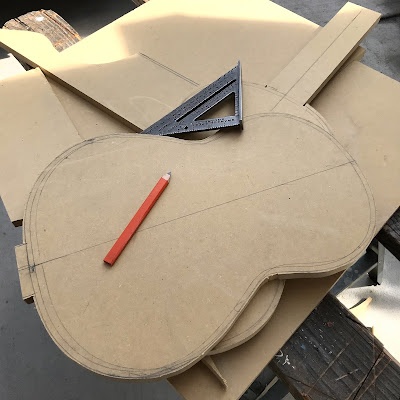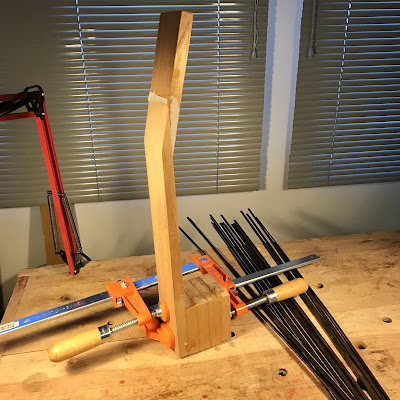Posts
Showing posts from March, 2021
Moving Day - From a Small Shop to a Tiny Shop
- Get link
- Other Apps
A Very Short Video - New Top for a Classical Guitar
- Get link
- Other Apps
New Classical Guitar Solera, Workboard
- Get link
- Other Apps
New Video - Western Red Cedar/Wenge Classical Guitar
- Get link
- Other Apps
Re-Working the Outline of a Classical Guitar
- Get link
- Other Apps
Yesterday’s Work - Stippling a Classical Guitar Headstock
- Get link
- Other Apps
Ebony Classical Guitar Bindings, New Neck for a Lacote Style Guitar
- Get link
- Other Apps
Classical Guitar Bridge - Eight String “Brahms” Guitar with Fanned Frets
- Get link
- Other Apps








